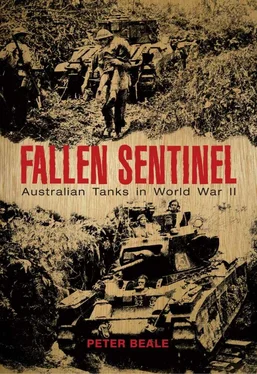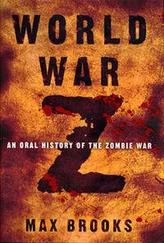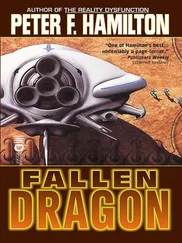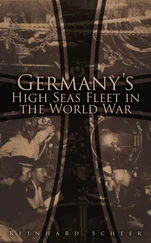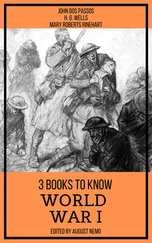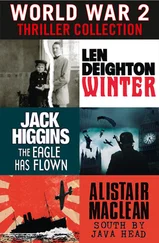Tanks performed well in the defensive battles of March, April and May 1918, and, at the Battle of Hamel on 4 July 1918, the 5th Tank Brigade supported the Australian infantry with great success. This battle, which was commanded on the Allied side by the Australian General John Monash, was very successful in that it was quick, resulted in few casualties to the Australians and the British, but inflicted substantial casualties on the Germans and captured the ground that was its objective.
On 8 August 1918, tanks were used in even larger numbers in the commencement of what was the final period of the war◦— referred to as the ‘Hundred Days’. 11During this period, tanks provided valuable support to the infantry and demonstrated both their advantages and disadvantages. The main battle tanks (primarily Mark Vs in 1918) crushed barbed-wire obstacles and provided close support to the infantry on the battlefield. The lighter tanks or ‘Whippets’ also proved very successful.
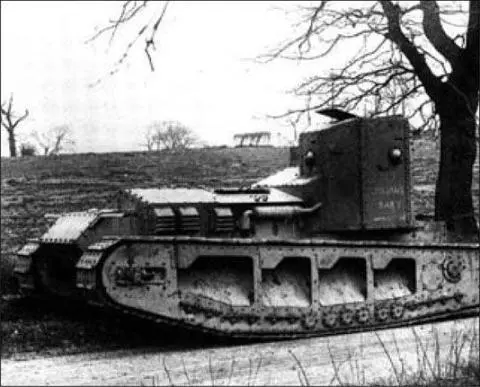
Medium A Whippet ‘Julian’s Baby’ belonging to J Battalion, Tank Corps, 1918. The Whippet tank was designed as a fast cavalry or pursuit tank to exploit breakthrough opportunities created by the heavy tanks (Tank Museum image).
One particular Whippet, commanded by Lieutenant C.D. Arnold, performed extremely well. Arnold was in action from 4.20 a.m. on 8 August until his tank Musical Box was knocked out and set on fire at 3.30 p.m. 12During this period, Arnold moved extensively through and behind the German lines and created chaos by shooting up field batteries, destroying transport and killing large numbers of German soldiers. Finally, his tank was set on fire, one of his crew was killed and he and his gunner were taken prisoner. After the war, when he returned from prison and recounted his tale◦— which was supported by his senior officer, Major Rycroft, and some of the Australian officers◦— he was awarded a well-deserved Distinguished Service Order (DSO).
One of the disadvantages of the use of tanks during the battles of 8 August and in subsequent days was their high casualty rate. While over 450 tanks advanced on the first day, by the second day this number had dropped to around 150 and, by the third day, a mere 85 joined the action. Tank casualties were due partly to mechanical breakdown, partly to enemy action and partly to the exhaustion and sickness of the crews◦— primarily a result of the appalling atmospheric conditions within the tanks.
There was no doubt that the use of tanks over the last two years of the First World War◦— in particular over the final year◦— contributed considerably to the Allied victory. But this was primarily a victory for the infantry and the artillery and any assessment that overplays the contribution of the tank must be treated with a degree of caution.
Tank doctrine 1916–1919
The first employment of tanks was at Flers-Courcelette on 15 September 1916. The commander of the British tank force in France was Lieutenant Colonel Hugh Elles, a Royal Engineer, who been wounded in the intense fighting at St Julien. He took no part in the first tank action and his headquarters at Bermicourt were not established until October 1916.
On 17 September, Lieutenant General Launcelot Kiggell, Haig’s Chief of Staff, wrote that ‘it has been established that the magnitude of the success on the 15th in certain localities was directly attributable to the use of tanks.’ 13On 5 October, he issued a ‘Note on the use of tanks’ which acted as official tank doctrine for several months. 14Tanks were to act as an accessory to the advance of the infantry, in close cooperation with the artillery. Their roles were to draw enemy fire away from the infantry, crush barbed-wire obstacles and destroy enemy positions holding up the advance, particularly machine-gun posts.
The senior staff officer at Bermicourt was Major J.F.C. (John) Fuller. He was a man of superior intellect and ideas, although sometimes his thinking ran ahead of what was practicable at the time. In February 1917 he produced Training Note 16, a pamphlet on tank tactics which was the first ‘training manual’ of its kind.
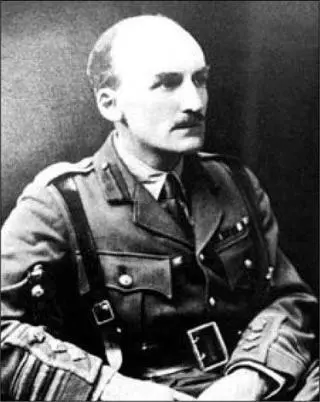
Colonel (later Major General) J.F.C. ‘Boney’ Fuller, who played a significant role in the early development of tank tactics. His attitude and personality were two reasons many of his good ideas were not accepted.
In his manual, Fuller defined the tank as a mobile fortress designed to escort infantry in the attack, pre-eminently as an offensive weapon, to be used en masse and to achieve surprise. Part of this element of surprise would be gained by shortening the period of preliminary artillery bombardment. 15
By March 1917, General Headquarters (GHQ) and the War Office had accepted the idea of a tank-infantry attack without the customary preliminary artillery bombardment. This would make it easier to achieve surprise, as long as the noise of the tanks moving to their start line could be minimised.
In the battle of Cambrai, on 20 November 1917, two principles of tank doctrine demonstrated their utility. Victory on the first day was achieved by using tanks en masse without a preliminary bombardment. The withdrawals of the next few days highlighted the need for reserves to follow up the initial success, for improved mechanical reliability and for better communication systems.
The next amendment to tank doctrine comprised an elaboration of the methods used at Cambrai. A proposal by Major Stephen Foot entitled ‘A Mobile Army’ and Fuller’s ‘Plan 1919’ both envisaged a breakthrough of the German line followed by a deep penetration by a mobile force. 16The penetration was to be through the flanks of the enemy position where it was likely to be weakest, and was intended to knock out the local enemy headquarters. The German troops in the area would lose their ‘brain’ and be incapable of concerted action. Both plans involved large numbers of tanks and Plan 1919 required the services of a tank of greater speed, armament and range of action than was available in existing tanks.
Had the Great War lasted into 1919, tanks would have been used in everincreasing numbers and the development of doctrine could have been based on battle experience. The unexpectedly sudden end of the war in November 1918 meant that the last British tank actions occurred during the Hundred Days. These actions commenced with the successful opening day of 8 August 1918 but, from that point on, the numbers of tanks available for battle declined daily. These were the real-life experiences on which theory had to be built.
Development of tank doctrine 1919 to 1939
The development of tank doctrine following World War I was governed by four major factors. The first was the role of the Army as a whole. Precisely where the Army would be required to fight in the future would determine what type of armoured force would be appropriate. The Army’s three primary roles were home defence, imperial defence and the provision of a continental force. Would an armoured component be required for each role? Would tactics differ according to the role? Would a range of different types of tanks be required?
The second factor concerned the tanks themselves: what tanks were currently available and what tanks might become available? The lines of development being considered in 1919 included an extension of the Mark V into a Mark VIII and Mark IX; the Whippet tanks and their development; and faster and heavier tanks than the Whippets, designated the Medium Cs and Medium Ds.
Читать дальше
